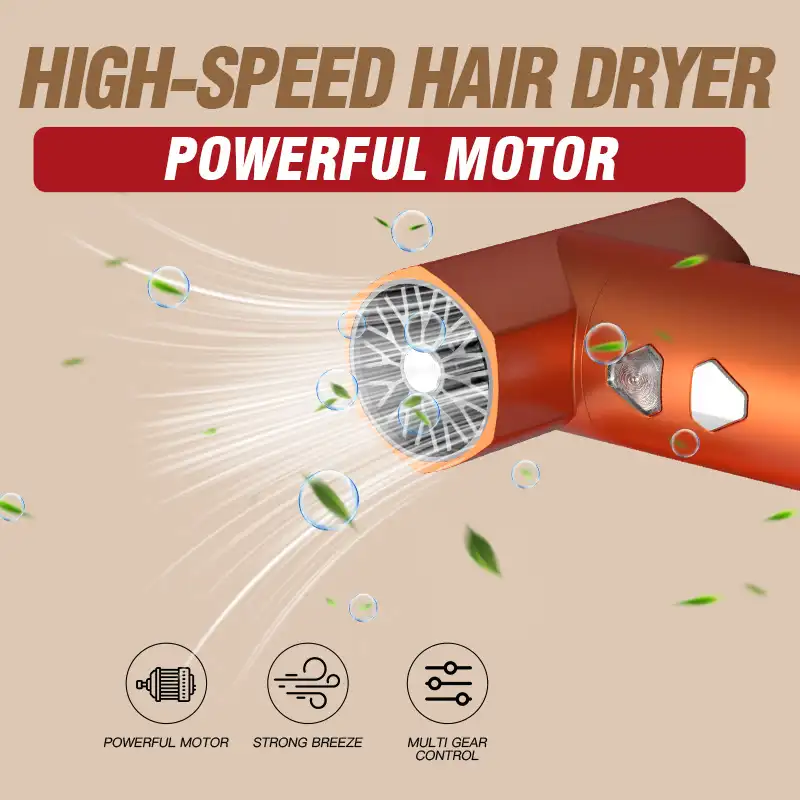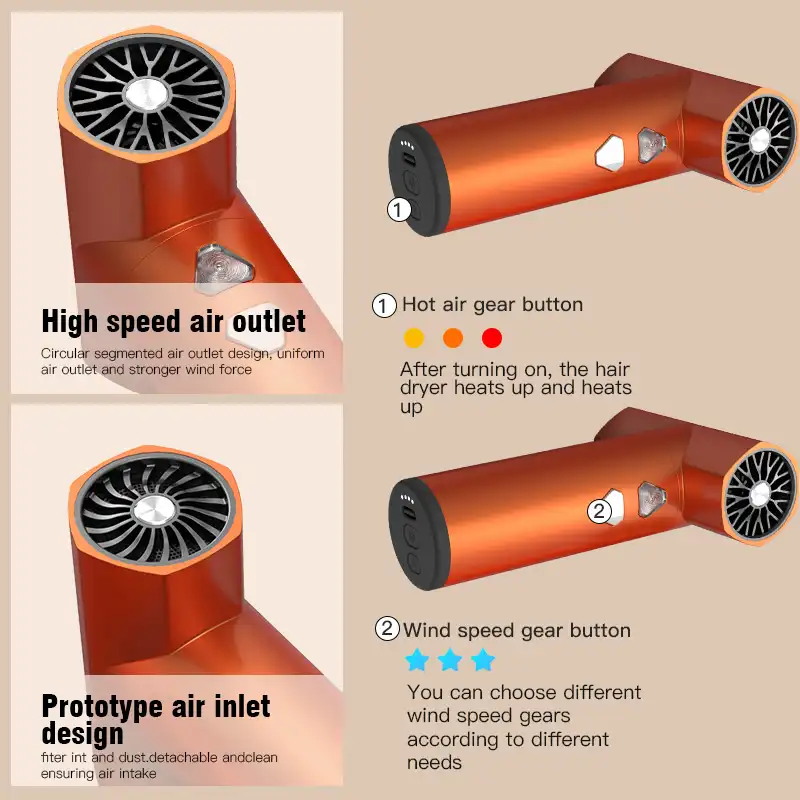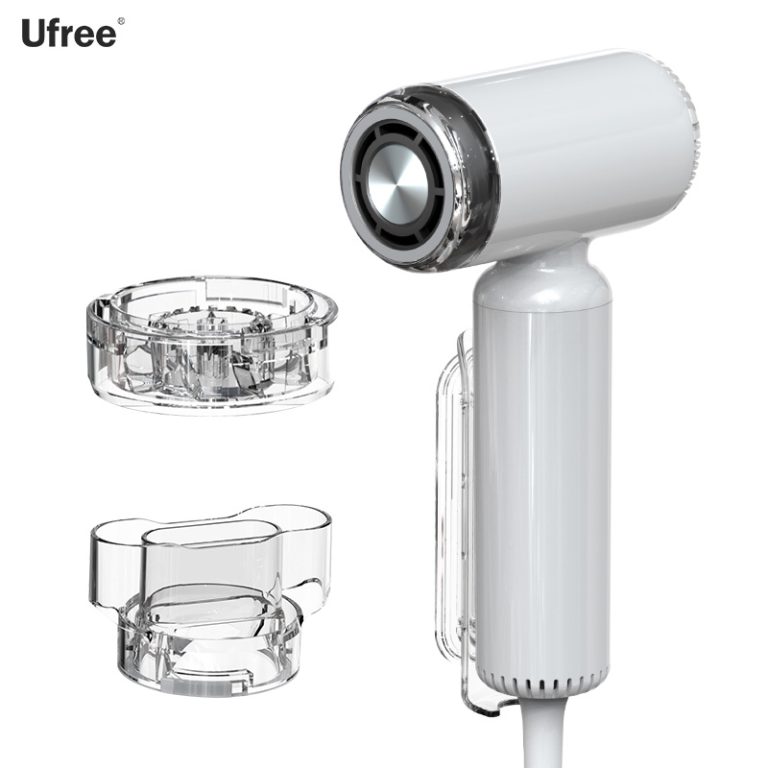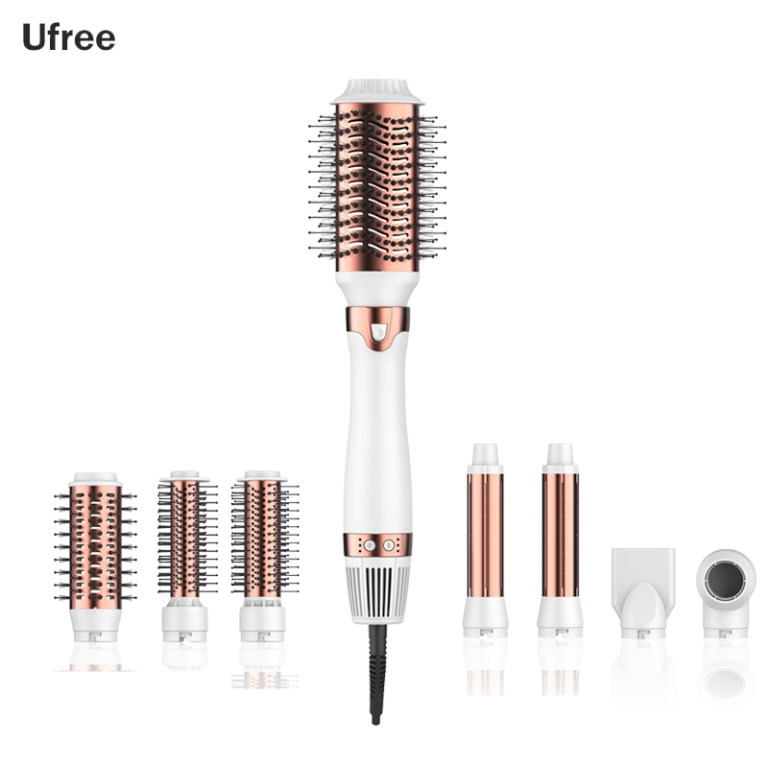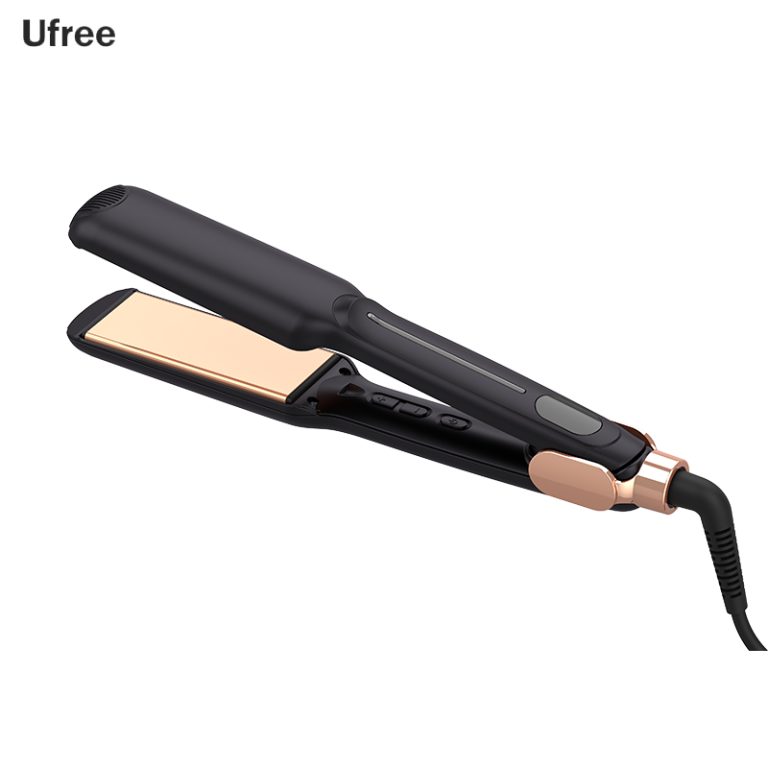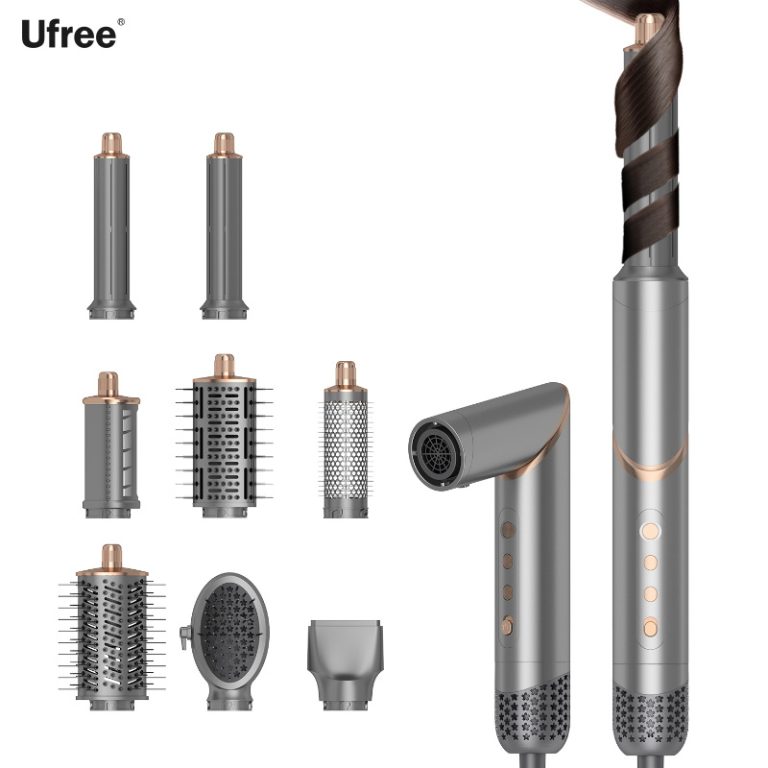Knowing the optimal approach to dry your hair necessitates a thorough exploration of its biological framework and the ways various drying techniques influence its soundness. This piece delves into the science underpinning air drying and blow-drying, empowering you to make a knowledgeable selection for more robust hair.
What Are the Biological and Structural Parts of Hair?
Grasping the biological and structural makeup of hair is vital for assessing how distinct drying techniques influence its condition. From keratin links to the shielding cuticle layer, every part holds a pivotal role in preserving strength and stretchiness.
The Makeup of Human Hair
Human hair is chiefly formed of keratin, a fibrous protein that builds the structural base of each strand. This protein is bonded by diverse link types—disulfide, salt, and hydrogen links—that decide the hair’s contour, toughness, and pliancy. The outermost shield of the hair shaft, termed the cuticle, is made of layered cells that guard the inner core and medulla.
How Dampness and Warmth Influence Hair Framework
This explains why hair can be reshaped differently from wet to dry. Contact with water temporarily weakens these hydrogen links, permitting reshaping. Yet, too much dampness or heat can harm structural soundness by changing both hydrogen and keratin links.
The Purpose of the Cuticle Layer in Hair Safeguarding
The cuticle serves as a shield against environmental pressures like UV light, contaminants, and physical harm. When whole and sleek, it bounces light for inherent shine and blocks water loss from the core. Harm to this shield—whether through warmth or extended wetness—can result in dullness and heightened snapping.
Oucai recognizes that upholding cuticle wholeness is key for overall hair wellness. Their items are crafted with technologies that lessen structural disturbance during drying.
What Occurs to Hair When It Dries Naturally?
While air drying is frequently viewed as the milder choice, lengthy water contact can enfeeble hair structure and boost susceptibility to harm. This segment investigates the science behind evaporation and its concealed dangers.
The Course of Natural Evaporation from Wet Hair
Air drying relies on surrounding warmth and air movement to let water molecules trapped in the hair shaft vaporize slowly. This technique avoids direct heat contact, but it notably extends the time the hair stays in its most fragile state.
Potential Dangers of Extended Water Retention
Keeping hair wet excessively long can enfeeble protein links and even encourage microbe growth on the scalp. Specialists emphasize why reducing wetness duration is vital for stopping damage.
Swelling and Weakened Protein Links
When hair is wet, it stretches out. This happens because water strains all these links, even the stronger keratin links. Hair also loses its stretchiness when wet, making it more prone to snapping or being pulled out at the root. This is why you should never have wet hair longer than necessary.
Microbe Growth on Moist Scalp
Prolonged wetness creates a perfect setting for microbe growth on the scalp. This can cause irritation or illnesses if not handled correctly—especially in muggy areas where evaporation is slower.
Environmental Elements Influencing Natural Drying
Moisture levels, wind velocity, room warmth, and even pollution can alter how efficiently your hair dries naturally. High moisture slows evaporation while boosting frizz likelihood; cold surroundings prolong drying time further.
Oucai understands that air drying might not always be perfect due to environmental unpredictability. They provide dryers with adjustable configurations for regulated drying without compromising scalp wellness.
How Does a Blow Dryer Influence Hair Wellness?
Blow-drying provides swiftness and styling exactness, but incorrect use can cause heat harm and moisture loss. Here, we look at how warmth and air movement connect with hair fibers at a tiny level.
Systems of Warmth Contact on Hair Fibers
Intense heat can fracture the cuticle and dry out hair from within. We clarify the science behind heat damage—and how to utilize blow dryers securely.
Surface Harm Due to High Warmth
Too much heat can lift or fracture cuticle layers. This exposes inner fibers to harm from environmental factors or styling items.
Internal Moisture Loss and Brittleness
High temperatures not only vaporize surface water but also parch internal moisture reserves within the core. This results in brittleness and lasting enfeeblement if repeated often without safeguarding.
Results of Frequent Blow-Drying on Scalp State
Overuse of hot air straight on the scalp can trigger dryness or even swelling over time. It might disturb natural oil spread essential for keeping scalp microbe harmony.
Effect of Air Movement Velocity and Warmth Configurations
Dryers with changeable air movement velocity and warmth let users adapt their routine based on personal requirements. Lower warmth mixed with higher air movement often achieves efficient drying while lessening heat stress.
Correct methods and items are vital to lessen hair loss with either technique. For blow drying, applying a heat shield, maintaining the dryer on a low setting, and ending with cool air can lower harm risk, as it closes the hair cuticle and traps moisture.
Oucai’s sophisticated dryers include smart warmth regulation setups that stop overheating while enhancing air movement efficiency for secure styling across all hair varieties.
Is One Approach Scientifically Superior for Upholding Healthy Hair?
The argument between air drying and blow-drying centers on compromises like cuticle soundness and drying duration. Scientific contrasts show subtle benefits based on hair type and environmental factors.
Contrasting Study: Heat-Based versus Non-Heat-Based Drying
Does air drying or blow-drying inflict less harm long-term? We contrast their impacts on cuticle soundness, shine, and breakage rates.
Immediate versus Lasting Outcomes on Cuticle Soundness
Air drying lessens instant heat contact but raises vulnerability due to lengthy wetness. Blow-drying at average temperatures cuts time spent in this frail state but risks gathering heat degradation if misapplied.
Effect on Shine, Stretchiness, and Breakage Rates
Managed blow-drying boosts shine by sealing cuticles flat using cool air finishes. Conversely, air-dried strands often seem duller because of raised cuticles from uneven evaporation designs.
Hair regains strength and elasticity when 90 to 95 per cent dry. At this point, you can use a round brush to lock in the hydrogen bonds and create a new shape and style.
Thoughts Based on Hair Variety and Absorbency
High-absorbency or curly textures soak up more water but lose it fast—making them liable to frizz if air dried poorly. Fine or straight strands might gain from partial blow-drying followed by natural finish for volume preservation without too much heat contact.
Oucai designs their dryers with multiple modes fitted for varied absorbency levels—ensuring improved outcomes regardless of texture type or styling preference.
How Can You Reduce Harm Regardless of Drying Approach?
Whether you favor air drying or blow-drying, embracing safeguarding habits is essential for conserving hair wellness. Discover evidence-rooted methods to lessen harm from both paths.
Top Practices for Utilizing a Blow Dryer Securely
From heat shields to correct distance methods, adhere to these expert tips to reduce heat harm while blow-drying.
Best Gap and Motion Methods
Keep dryers at least 6 inches away from your scalp while steadily shifting them across segments. This stops concentrated overheating which might burn both skin and strands.
Significance of Heat Shield Items
Applying thermal sprays builds a safeguarding barrier around each strand—cutting direct effect from high temperatures while trapping moisture during styling sessions.
Advice for Secure Natural Drying
Microfiber towels, leave-in conditioners, and shunning wet hair during sleep can make air drying safer. Use these tactics to shield your strands.
Towel Patting versus Rubbing
Shun harsh rubbing; instead softly pat with microfiber towels which take in surplus water without disturbing cuticles—a vital move for decreasing frizz creation during air drying cycles.
Avoiding Sleep with Wet Hair
Sleeping with damp strands causes friction harm against pillows while weakening roots because of extended pull at follicle spots—possibly increasing shedding risk over time.
For air drying, gently squeezing out excess water with a microfibre towel and using leave-in conditioners can help manage frizz.
Oucai advocates complete care routines by offering extras like diffuser add-ons that assist safe drying habits across all routines—from quick touch-ups to complete styling sessions.
Why Select Yiwu Oucai Trading Co., Ltd. for Your Blow Dryer Requirements?
Oucai blends newness and security in its hair care tools, providing advanced drying answers that emphasize hair wellness. Learn why experts and buyers trust their items globally.
Business Outline and Item Selection
Yiwu Oucai Trading Co., Ltd focuses on high-quality personal care devices including ionic dryers built for expert-level performance at home environments. Their catalog showcases user-friendly designs suited for global markets seeking both purpose and form.
Commitment to Excellence, Security, and Newness
Oucai combines leading technologies like negative ion discharge setups that counteract static electricity while boosting moisture retention—key attributes matching modern needs for superior hair wellness preservation tools.
Worldwide Standing as a Reliable Provider
With steady global partnerships built on dependability and item superiority, Oucai has set itself as a preferred name among salons and individual buyers alike—offering confidence alongside high-performance answers tailored for lasting use.
Summary of Main Understandings on Drying Methods and Their Effect on Hair Wellness
Both air drying and blow-drying present unique advantages—and risks—for upholding best hair wellness depending on how they’re applied. Understanding your particular requirements lets you make informed choices supported by science-backed methods improved through inventive tools like those provided by Oucai Trading Co., Ltd.
Common Queries Regarding Hair Drying Methods
Is it preferable to towel dry or air dry hair before using a blow dryer?
Towel patting removes surplus moisture effectively without harming strands; follow with partial air drying until 80% dry before using heat styling tools securely.
Can air drying trigger frizz or harm over time?
Yes; lengthy dampness lifts cuticles unevenly causing frizz while boosting susceptibility to microbe issues if ignored in humid settings.
How often is it secure to use a blow dryer without harming hair?
When applied correctly—with heat shields at average settings—it’s secure several times weekly depending on your strand resilience level; always observe signs like split ends or dryness as clues for change requirements.

